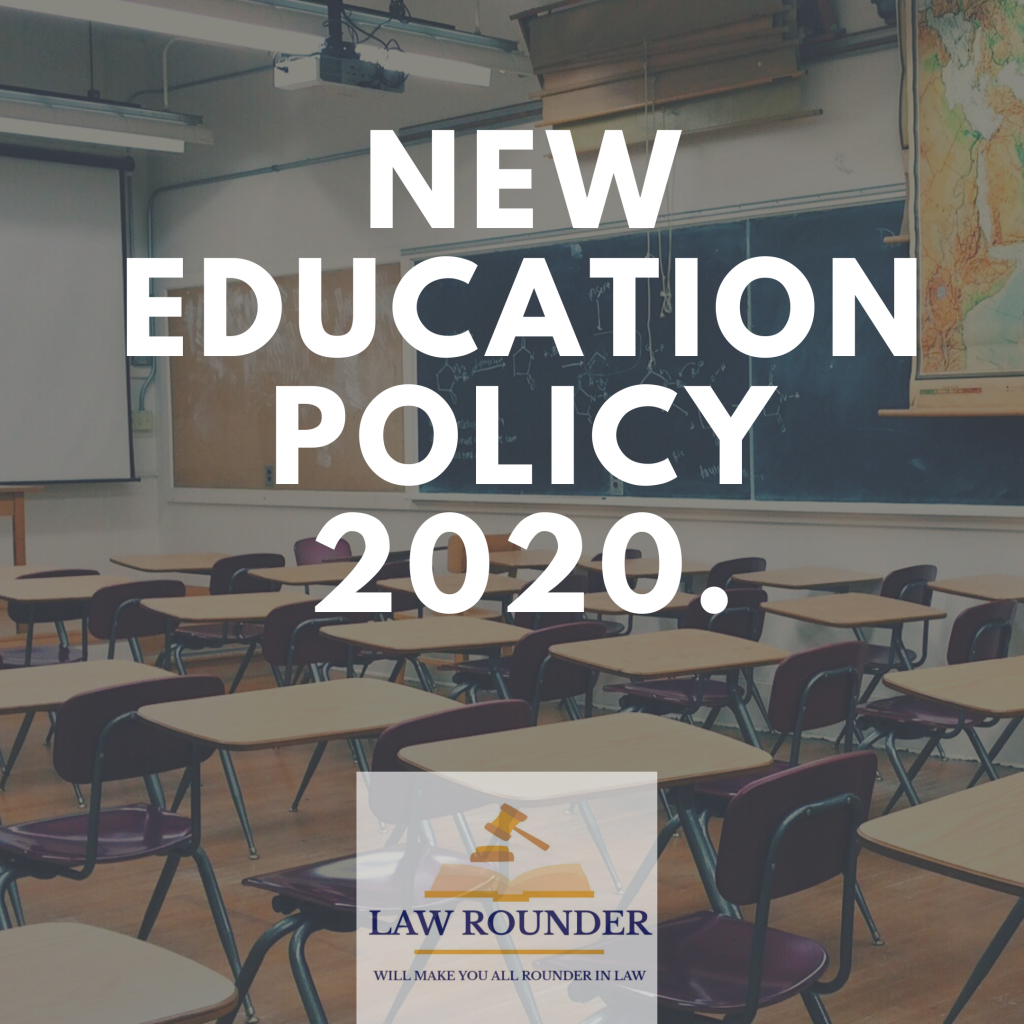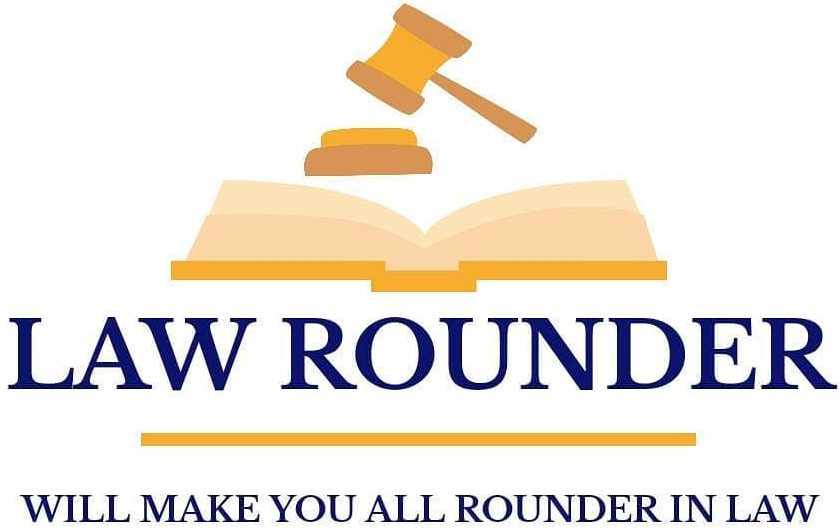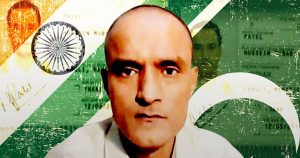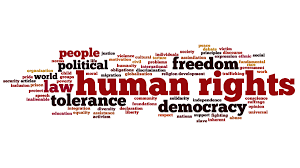
New Education Policy & Initiative in India
The Union Cabinet Ministry headed by our respectable Prime Minister, Mr. Narendra Modi
approved the “New Education Policy” this Wednesday,29 th July 2020. They altered the whole
set-up of the education system and brought many new features and objectives which will
assist the new generation a lot in the long run. They have their targets set for the next thirty
years in two parts, first till 2035 and the other till 2050 and are all set to accomplish them.
The new session they said would be beginning from September or October 2020 and they
want to initiate the New Education Policy in the system before that, without wasting time as alot of which is already wasted due to this pandemic.
The foremost change they brought was altering the name of Ministry of Human Resource & Development (MHRD) to Ministry of Education (MoE). The Union Government has reviewed the Education Policy after thirty-four years; last it was reviewed in 1986. The Current Education Policy required the alteration as it focused only on the cramming and rotting power of the child, it did not emphasize the knowledge of the child. The child used to mug up everything as he was made to learn a very vast syllabus which was not necessary to learn but the New Education Policy is a lot different from the Current Education Policy. The new one has transformed the whole concept of learning, education & knowledge and has truly focused to boost the skill set and understanding of the child without making him rot or cram anything. The New Education Policy has brought the following changes to the
Current Education Policy:
The New Education Policy has replaced the current 10+2 system of education; it has
provided the 5+3+3+4 system where the student will be developed on every aspect and start
from two years of age. The child will be developed on various skills and applicability of
knowledge. The older system emphasized on cramming the syllabus but this policy will be
giving the chance to students to develop a specialised skill of their own choice that will help
them in their future career. This will make the child understand and become professional in a
particular skill till he reaches his career age; this will make India grow a lot in knowledge and
skill. The 5+3+3+4 structure states that in the first five years that is from three to eight years
of age the child will be developed on multi level or activity-based learning, it is also divided
in two stages first in three years i.e. pre classes and next in two years i.e. 1st & 2nd class. The
next three years refers to child of eight to eleven years in 3rd. to 5th class, where he will be
developed on functional, discovery, interactive class learning pattern. The next three years is
for age group of eleven to fourteen in 6th to 8th class where he will get experienced learning in science, arts, mathematics etc. The last four years hold the students of age group fourteen to eighteen in class 9th to 12th; here the child gets his preference of subjects on multidisciplinary basis which will grow him on critical thinking and applicability. These stages are given different names like Foundational, Preparatory, middle and secondary stage. After the main educational system it also states that the Board Exams will now test the students on them understanding of concepts and how they can apply their knowledge in different situations, this will change the previous system of rot learning and cramming. The parents will also get the report card of their child not only on his/her academic marks but also on their skills and other capabilities. In Secondary Education the child can choose his/her preferred subjects there will not be any discrimination like before on the basis of Science, Humanities or Commerce. The institutions are required to teach the students in regional language or mother tongue up to 5 the grade and if possible, up to 8 the grade or beyond that. The Institutions are required to set up online mode of learning also in order to provide the knowledge when the offline classes cannot be done. The students will be allowed to enter or Exit University programmes whenever they want and they will be getting the following:
If a student leaves the course in first year, then he will be getting a certificate.
If a student leaves the course in second year, then he will be getting a diploma.
If a student leaves the course in third or fourth year, then he will be getting the degree.
Every institution be it either private or government will have equivalent principles of
schooling. This will help every student to expertise in a particular skill before passing out of
the school which will help him/her in the future.
Summary:
Main Outcomes-
Attempt to educate everyone in concepts of Foundational Learning and Numeracy
Skills with the help of National Mission by 2025.
Attempt to get hundred percent GER in pre and secondary schools by 2030.
By 2023, making teachers geared up for new assessment reforms.
Board exams now to test understanding of concepts and application of information.
Every Student will acquire a specialized expertise when passing out from the schools.
Both Government and Private schools will have equivalent principles of schooling.
Major Reforms-
Mother tongue or regional language should be used for teaching till 5th grade and if
possible till 8th or beyond.
Report Cards will be broad report of all individual & specialized skills instead of just
scholastic marks.
Alteration in the arrangement of our education system with no strict division between
streams.
All the differences between curriculum, extra-curriculum, academic and vocational
subjects will no longer prevail.
National Test Agency will present Common Entrance Test for admission to
Universities.
The new system of 5+3+3+4 education has been brought up.
From 6th grade every school should offer vocational courses.
The syllabus will be reduced to main core topics and subjects instead whole history of
the topics.
They have main objective to get 50% gross enrolment by 2035.
Multidisciplinary education provided in institutes and flexibility of choosing subjects.
Multiple entry and exit points in universities.
UG programme will be of three to four years, PG programme will be of one to two
years and MPhil to be discontinued.
Wide spread use of technology in different areas like education planning, teaching,
learning, assessment, administration and management.
This policy aims to help the disadvantageous groups like SC, ST, and Backward
classes.
Allotting a single body for regulating all the institutions of education. (Except legal
and medical field)
Public sector will be investing 6% in education sector highest of all times.
BY- OJASVI MADAN



